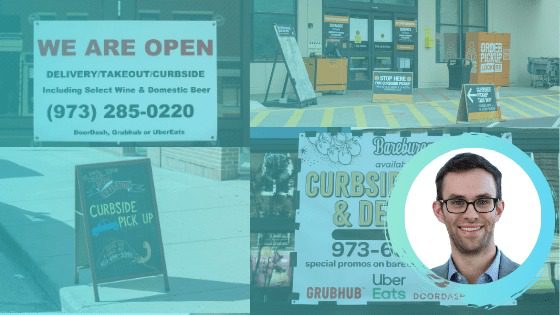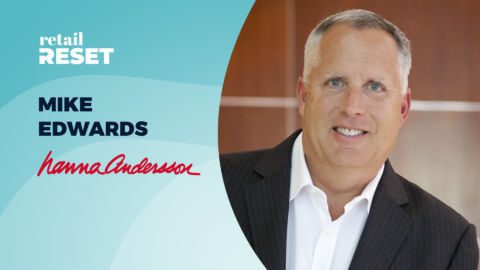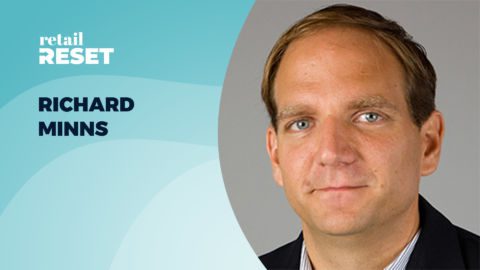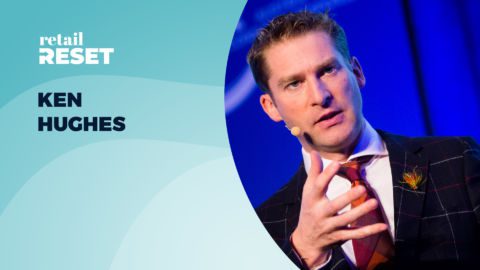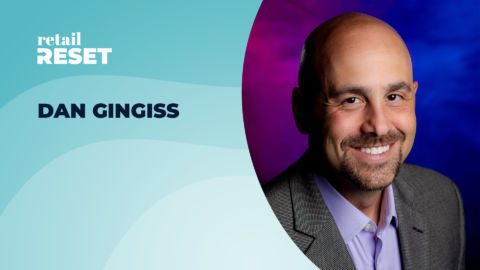In his role at Gartner, Kyle Rees directs and manages digital performance benchmarking research, analyzing brands’ use of search, site, commerce and social technologies to meet business objectives. With the emergence and rapid expansion of COVID-19, Rees has closely studied retailers’ adoption of contactless commerce and fulfillment — and most importantly, how these brands are marketing and communicating offerings to target customers.
Walmart is a clear leader in the contactless space, according to Rees. “Their contactless, payment-enabled app gained 1.1 million downloads in March 2020, compared to 750,000 in March 2019,” he said in an interview with Retail TouchPoints. “This signals increased interest in cross-channel service, the ability for consumers to go to their phone, find products, order them to their home or pick up curbside at a Walmart location. This is a trend we expect to see across the board, at least for the essential businesses that have the capacity to remain open throughout the crisis.”
Along with Walmart, Costco and The Home Depot have attempted to bolster their omnichannel fulfillment offerings in order to meet customer needs. While on the surface successful, Rees argues that their efforts also reveal clear areas for improvement and opportunities for innovation. “This is a pretty significant load test,” he noted. “We have more people coming online and we’re starting to see some cracks in the seams of systems.”
Highlights from Retail TouchPoints’ conversation with Rees spotlight some of these gaps as well as strategic imperatives for success. One obvious takeaway is that contactless fulfillment applications have set a new service standard. Before COVID-19, consumers saw very few applications of contactless payment and fulfillment. However, because so many retailers and restaurants, even small businesses, have adopted off-the-shelf technology to support contactless and curbside experiences, Rees believes consumers will have heightened expectations of retailers’ delivery options regardless of their size or category.
“In the grand scheme of things, I think this effectively resets category-level expectations across the board,” Rees said. “I think consumers are going to expect these options to play into a greater focus on convenience, meeting customers where they are and when they need them.”
Other takeaways include:
- Successful fulfillment expansion will require deep customer understanding: At the foundation of any retail strategy should be customer insight. This is especially true for fulfillment, which requires intense orchestration across several channels.
“I think it’s one thing to talk generically about rolling out contactless delivery, but there has to be some nuance,” Rees said. “We want to look at and understand how, when and why people use these different options. Are you able to distill or assess which segments or products they’re most popular for, or how fulfillment needs change over the course of a day, week, quarter or year? These are all critical questions that any executive team should be considering in parallel to any kind of contactless fulfillment or delivery.”
- The fundamentals of omnichannel success are more critical as fulfillment offerings expand. Organizational alignment and data integration have been spotlighted as imperatives for retailing success, and Rees believes they will remain foundational — regardless of the fulfillment options a retail business decides to provide. In fact, Rees encourages executives across the organization, especially those in marketing departments, to align on all of the moving parts of the fulfillment experience in order to orchestrate the appropriate touch points to ensure efficient and effective fulfillment of an order.
“If you go to a store for a very specific need, and that doesn’t align with what you see in the store — even if it’s in a different aisle and an associate can’t help you find it — that degrades the experience,” Rees said. That applies “whether you’re going to a store to pick something up, or if it’s being fulfilled by an associate who will put it in your car, or if it’s being left at your doorstep. The brands that don’t have that deep visibility across different channels, what’s being marketed and to whom — they’re going to continue to struggle.”
- Communication gaps will need to be filled to drive customer satisfaction. Of the 82 retailer sites Rees’ teamed studied, almost all of those brands announced fulfillment changes — from delivery delays to the announcement of new offerings such as curbside pickup. However, few brands have been able to successfully communicate available in-store inventory to someone who’s ordering online, Rees explained. “They’re struggling to communicate and reflect what’s actually available in-store, whether or not a product is going to be shipped on time, or even provide a clear estimated delivery time,” he said. “If the big industry leaders are struggling to fulfill on that, it serves as a bellwether for just how much more has to be done in the future.”
- We may soon see more retail applications of drones and robots. Although companies of all sizes, even small businesses, are embracing off-the-shelf technology to make curbside pickup and contactless delivery a reality, Rees noted that it is category leaders like Amazon, Walmart and Home Depot that will continue to reset expectations around the fulfillment experience. “Even five to 10 years of significant IT and infrastructure investment doesn’t guarantee it will be successful without a hitch, but I’d say they’ll likely be the first ones to enjoy investments in things like drone or robot delivery.”
In October 2019, Walmart was filing a patent for fulfillment drones. CVS and UPS also recently announced a partnership where they would use drones to deliver prescriptions to a Florida retirement community. Even robot delivery services are “not just sci-fi or a pipe dream,” Rees said. “I would like to imagine that these technologies are included in the mix for contactless fulfillment, because I think it’s a very obvious solution for decreasing the number of human hands touching a product before it gets to the consumer’s front door.”
- Associate upskilling will be required to support new fulfillment experiences. Kroger recently opened a pickup-only store to accommodate a surge in e-Commerce orders, leading to questions around whether we’ll see more retailers follow suit — or at the very least, revise store layouts to accommodate more space for order picking, packing and storing. With that comes questions around whether retailers will revise their hiring strategies to focus more on operations and less on service. Rees believes that even as retailers expand their focus on fulfillment, they’ll largely coach and upskill associates to check inventory availability, accept orders and prep them for customers.




